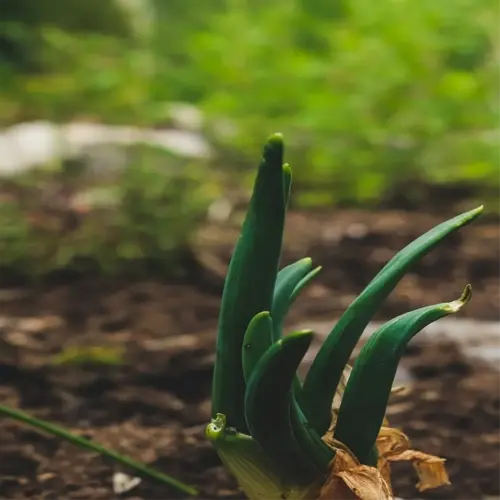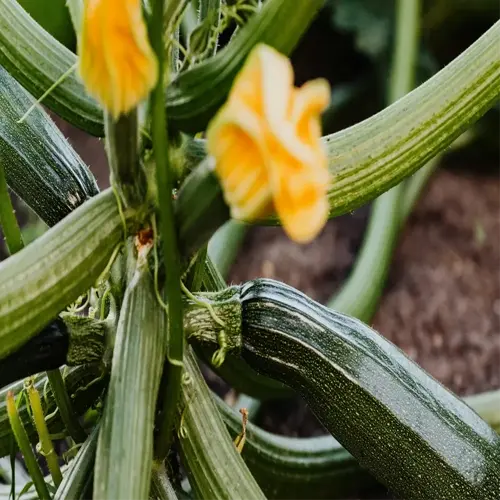What's the key to successful potato planting?

Written by
Michael Sullivan
Reviewed by
Prof. Charles Hartman, Ph.D.Successful potato planting begins with soil testing, I learned this lesson after two seasons of the potatoes producing tubers with scab. Aim for a pH of 5.0 - 6.5 with a $20 meter (digital is preferable). If you have clay soil, mix in three inches of compost. If you have sandy soil, you'll want peat moss. Balanced earth will prevent disease and increase your yield.
Soil Preparation
- Test pH monthly until 5.0-6.5 achieved
- Add 5 lbs compost per sq ft (24 kg/m²)
- Use sulfur to lower alkaline soils
Chitting Process
- Start 6 weeks before planting date
- Store at 50°F (10°C) with indirect light
- Thumb-sized sprouts resist breakage
Spacing Strategy
- 12-15 inches (30-38 cm) between plants
- 30-inch (76 cm) rows for hilling
- Dense plantings attract Colorado beetles
Hilling Schedule
- Mound soil every 2 weeks
- Cover 1/3 of plant height
- Prevents greening from sun exposure
Watering is either a scientific or poor decision for determining tuber growth. I water weekly until flowers appear. The season started at 1.5 inches weekly before changing to 1 after the crop peaked in tuber bulking. I get the benefits of watering with a drip system, which keeps leaf wetness' potential to spread blight. Overhead sprinklers led to significant crop loss in the 2021 season. Good moisture meters alleviate the need to guess.
Effective pest control starts with certified seeds. I lost 40 plants because the grocery potatoes I used with the wireworms were not certified. I had been spraying with neem oil in the evening to help reduce the beetles, and companion planting with horseradish reduced the nematodes by half. I rotated plots every year. The three-year crop rotation plan I used helped to eliminate soil-borne diseases.
Regional adaptations are significant. Coastal gardens require windbreaks. My Oregon plot plants Kennebec since it handles the fog well. Arizona growers delay planting until October and grow Elba. Growers in the high mountain zones wait until June to plant. Use wireless soil sensors to track microclimates. Adapting to flexibility over a strict schedule is more important.
Read the full article: When Plant Potatoes: Expert Timing Guide

